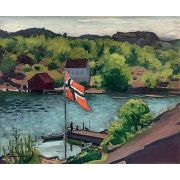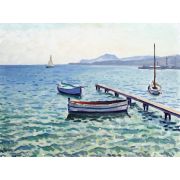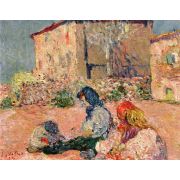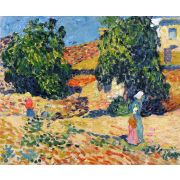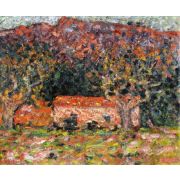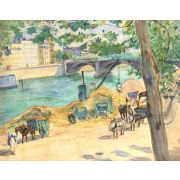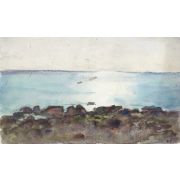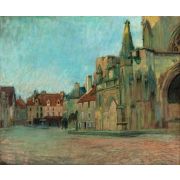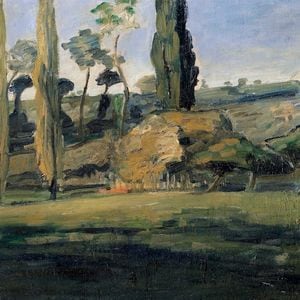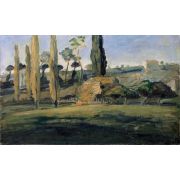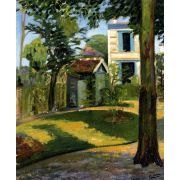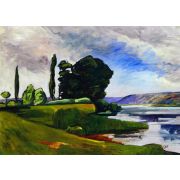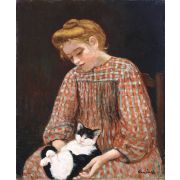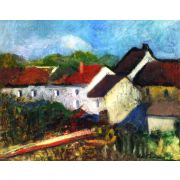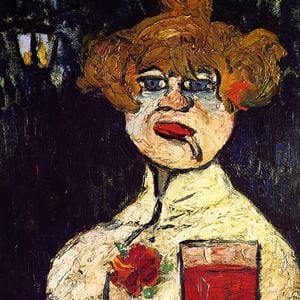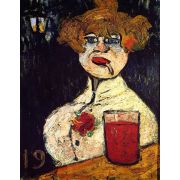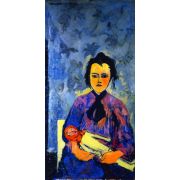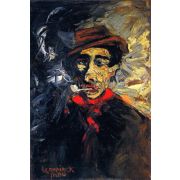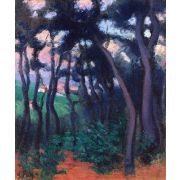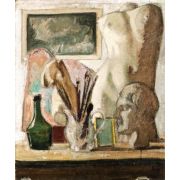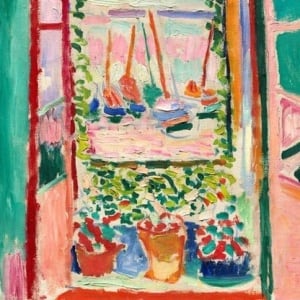
Fauvism
Fauvism
1 to 7 out of 7 artists
Albert Marquet
1875 -1947, French / Fauvism and Post-Impressionism, 560 works
Louis Valtat
1869 -1952, French / Post-Impressionism and Fauvism, 132 works
Raoul Dufy
1877 -1953, French / Cubism , Fauvism , and Post-Impressionism, 25 works
André Derain
1880 -1954, French / Fauvism and Post-Impressionism, 12 works
Maurice de Vlaminck
1876 -1958, French / Post-Impressionism , Fauvism , and Fauvism, 3 works
1 to 7 out of 7 artists
Les Fauves, "the wild beasts" in French, was a group of modern artists in the early 20th century whose work emphasized painterly qualities and intense color over the representational or realistic values of Impressionism. This style is called "fauvism." Fauvism as a style began around 1904 and lasted until after 1910, but as a movement, it only lasted from 1905 to 1908 and had three shows. André Derain, Maurice de Vlaminck, and Henri Matisse were the most influential people in the movement.
Other artists besides Matisse and Derain were Robert Deborne, Albert Marquet, Charles Camoin, Louis Valtat, Jean Puy, Maurice de Vlaminck, Henri Manguin, Raoul Dufy, Othon Friesz, Georges Rouault, Jean Metzinger, Kees van Dongen, and Georges Braque, who later joined Picasso in Cubism.
The paintings of the Fauves had what looked like wild brushwork and bright colors, but their subjects were often very simplified and abstract.
Fauvism is an extreme form of Van Gogh's Post-Impressionism mixed with Seurat's pointillism and the work of other Neo-Impressionist artists, especially Paul Signac. Paul Cézanne and Paul Gauguin were also important. Derain's work at Collioure in 1905 was strongly influenced by how Gauguin used areas of saturated color, especially in his paintings of Tahiti. Gauguin told Paul Sérusier in 1888: "How do these trees look to you? The color is yellow. So, use yellow; this shadow is bluer, so use pure ultramarine to paint it; these red leaves? Put in vermilion." Expressionism and Fauvism are both known for using pure color and loose brushwork. Some of the Fauves were among the first avant-garde artists to collect and study African and Oceanic art and other non-Western and folk art. This led several Fauves to create Cubism.
Fauvism was a time of change and growth for most of these artists. By 1908, a renewed interest in how Paul Cézanne saw the order and structure of nature led many of them to reject the chaotic emotionalism of Fauvism in favor of the logic of Cubism. Matisse was the only one to keep going in the direction he had started, balancing his feelings with those of the world he painted.

